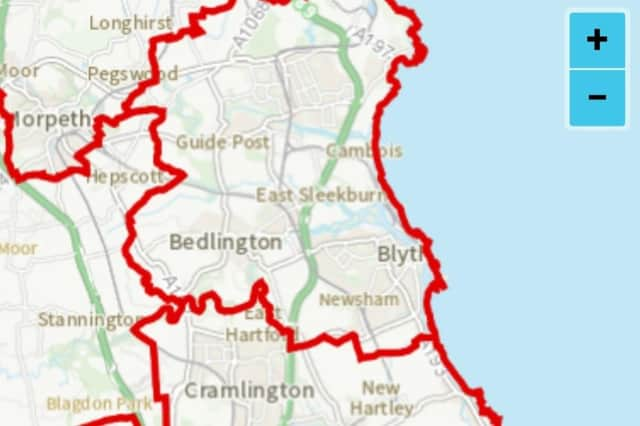MP COLUMN: Blyth Valley will not be abolished


These proposals have caused concern and confusion and I believe it to be important to set out the process that will be followed.
The first point to make is that Blyth Valley has not been abolished and neither have other constituencies in Northumberland. I will remain the Blyth Valley MP for the rest of the current Parliament and by that point it will be clearer what the constituencies will be.
Advertisement
Hide AdAdvertisement
Hide AdOver time populations have changed and led to significant discrepancies between constituencies across the country. The review is intended to bring the vast majority of constituencies within a voter population range of 69,724 to 77,062.
None of the current constituencies in Northumberland meet the minimum figure although Blyth Valley is the largest of the four with Berwick the smallest.
The current proposals involve some significant changes for Northumberland, but this is the first step in a process that won’t lead to final recommendations until mid-2023.
This first consultation will conclude on August 2, with a secondary consultation early next year and revised proposals at the back end of 2022.
Advertisement
Hide AdAdvertisement
Hide AdAs things stand Blyth Valley would be split with Blyth forming a new constituency including Ashington and Bedlington. Cramlington and Seaton Valley would join with a part of North Tyneside including Monkseaton and Whitley Bay.
Morpeth would be added to the Berwick constituency with Hexham incorporating a Newcastle ward and Longhorsley which is currently split between Berwick and Wansbeck.
The main changes relate to the two urban constituencies with the two rural constituencies largely left intact. I’ll be looking at the proposals very carefully in the coming weeks and invite residents to do the same. There are different ways to achieve the voter numbers required. Blyth Valley is just short of the numbers needed and it is straightforward to create a Blyth Valley ‘Plus’ constituency. Based on the feedback I have seen so far that is the preference of most residents.